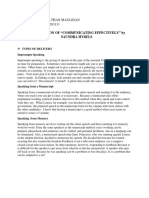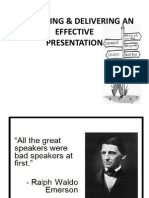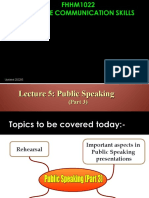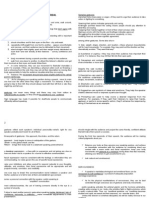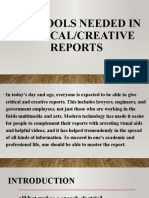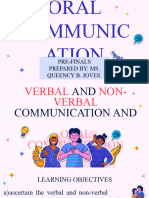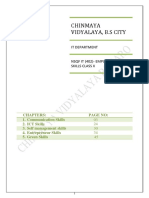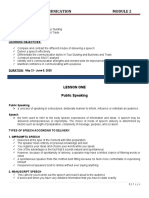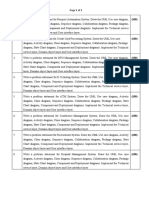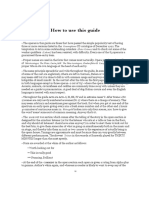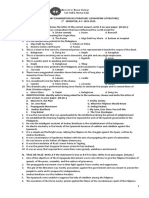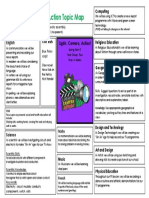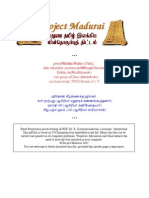0% found this document useful (0 votes)
22 views17 pages2 Using Language and Delivery
The document outlines essential skills for effective public speaking, focusing on both verbal and non-verbal communication. It covers types of non-verbal communication, the importance of avoiding jargon, delivery guidelines, and techniques to overcome stage fright. The learning outcomes emphasize applying these skills to enhance public speaking abilities.
Uploaded by
wwwwwwinCopyright
© © All Rights Reserved
We take content rights seriously. If you suspect this is your content, claim it here.
Available Formats
Download as PPTX, PDF, TXT or read online on Scribd
0% found this document useful (0 votes)
22 views17 pages2 Using Language and Delivery
The document outlines essential skills for effective public speaking, focusing on both verbal and non-verbal communication. It covers types of non-verbal communication, the importance of avoiding jargon, delivery guidelines, and techniques to overcome stage fright. The learning outcomes emphasize applying these skills to enhance public speaking abilities.
Uploaded by
wwwwwwinCopyright
© © All Rights Reserved
We take content rights seriously. If you suspect this is your content, claim it here.
Available Formats
Download as PPTX, PDF, TXT or read online on Scribd
/ 17
